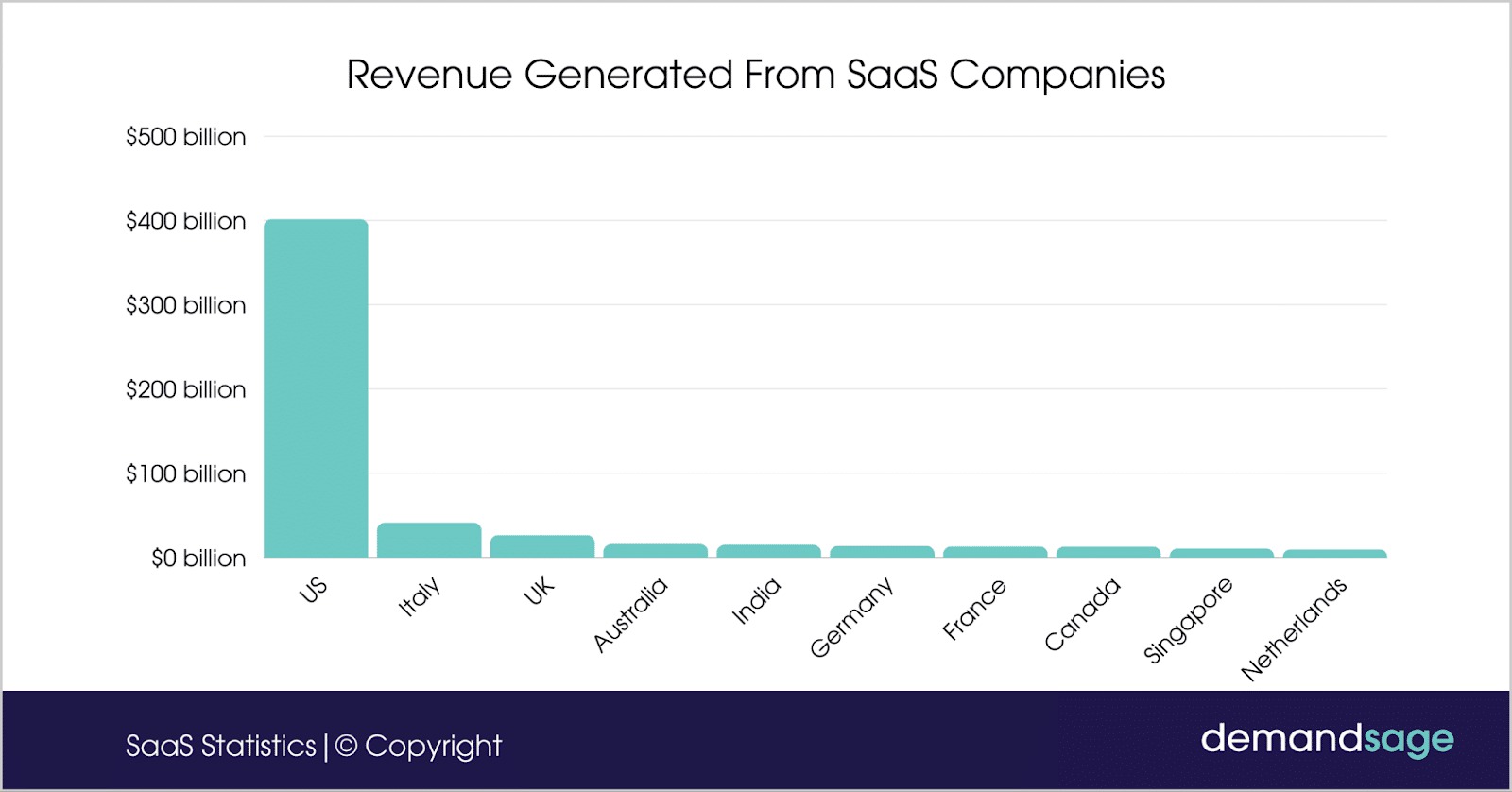 News
News
The domain of Software as a Service (SaaS) has reshaped the landscape of business operations, offering scalable and cost-effective solutions delivered through the cloud. As the demand for SaaS applications continues to surge, businesses are exploring diverse development models to meet their specific needs. Among these models, Nearshore SaaS development has gained prominence, presenting a strategic balance between cost savings and collaborative efficiency. This comprehensive guide aims to give you an in-depth insight into the complex aspects of nearshore SaaS development, exploring its various advantages, potential challenges, and the best practices that underpin successful execution.
Understanding Nearshore SaaS Development
Nearshore SaaS development is a method where businesses assign software development tasks to service providers in nearby countries. This approach capitalizes on geographical closeness to enhance collaboration, minimize communication issues, and synchronize the working hours of development teams with those of the client. It has gained popularity because it offers potential cost savings compared to onshore development, while still maintaining a higher level of control and collaboration than offshore development.
The appeal of nearshore SaaS development lies in its ability to achieve significant cost efficiencies by leveraging labor cost differences in nearby countries. This financial advantage, combined with geographical proximity, makes nearshore development an attractive option, providing a middle ground between the high costs of onshore development and the potential challenges of offshore outsourcing.
Key Advantages of Nearshore SaaS Development:
Proximity and Collaboration
Nearshore development provides a crucial advantage through its emphasis on real-time collaboration and communication. This is made possible by having teams located in close physical proximity. When development teams and clients are geographically close, they can engage in immediate responses to questions, quick and efficient problem-solving, and seamless collaboration. This close proximity enhances the overall workflow and ensures effective communication between the client and the development teams.
Cultural Alignment
The cultural similarity in nearshore development is a significant benefit. Teams located in nearby countries often share similar work ethics, values, and communication styles. This shared cultural alignment reduces the risk of misunderstandings and contributes to the overall efficiency of the development process. With a cultural affinity, teams can better understand each other's perspectives, leading to smoother collaboration and a more harmonious working environment.
Cost Savings
While nearshore development may not match the cost-effectiveness of offshore development, it still offers substantial cost savings compared to onshore development. This cost advantage primarily stems from lower labor costs in the nearshore location. Companies can benefit from reduced expenses without compromising the quality of work or dealing with significant time zone differences. The cost savings make nearshore development an attractive option for organizations looking to optimize their budget while maintaining a high standard of work.
Talent Pool
Nearshore locations are often home to a large and diverse group of skilled professionals, especially developers. This means that businesses can easily access a broad range of talents and expertise. Having a rich talent pool is crucial for the success of Software as a Service (SaaS) projects because it ensures that the development team possesses all the required skills to carry out the project effectively. This diversity in skill sets allows for a more comprehensive approach to problem-solving and innovation, contributing to the overall success of the project.
Time Zone Convenience
Nearshore development provides a solution to the challenges posed by time zone differences. When a development team is situated in a nearshore location, it means that there is a closer alignment of working hours with the client's time zone. This proximity in time zones leads to improved coordination between teams, as communication and collaboration become more seamless. The benefit of this is seen in faster decision-making processes and a reduction in delays throughout the project timelines. With fewer obstacles related to time zone differences, the development workflow becomes more efficient and responsive, ultimately enhancing the overall productivity of the project.
Challenges of Nearshore SaaS Development to Keep in Mind
Language Barriers
While nearshore development reduces language barriers compared to offshore outsourcing, there may still be differences in language proficiency. Clear communication channels, regular updates, and documentation can help mitigate language-related challenges.
Cultural Differences
Despite cultural similarities, there may be differences that can impact the development process. Establishing a robust project management framework, promoting cultural understanding, and organizing periodic face-to-face meetings can bridge cultural gaps.
Data Security Concerns
Nearshore development - if done irresponsibly - can raise data security concerns, especially when working with sensitive information. Implementing robust security protocols, signing non-disclosure agreements, and selecting reputable service providers are essential steps to address these concerns and help mitigate the risk of software vulnerabilities.
Collaboration Tools and Infrastructure
Effective collaboration relies on reliable communication tools and infrastructure. Ensure that both parties have access to secure and efficient collaboration tools, project management systems, and a robust IT infrastructure.
Best Practices for Nearshore SaaS Development Success
Define Clear Objectives
Clearly outline project objectives, requirements, and expectations from the outset. This provides a solid foundation for collaboration and ensures that all stakeholders have a shared understanding of the project's goals.
Select the Right Partner
Choosing a nearshore development partner is a pivotal decision. Opt for a partner with a proven track record, relevant expertise, and a transparent communication process. Evaluate their past projects, client testimonials, and industry reputation before making a decision.
Establish Effective Communication Channels
Fostering open and transparent communication channels is paramount. Utilize video conferencing, project management tools, and regular status updates. This helps build trust, facilitates quick issue resolution, and keeps all stakeholders informed.
Implement Agile Development Practices
Adopting agile development methodologies enhances flexibility, adaptability, and responsiveness. This approach allows for iterative development, continuous feedback, and the ability to adapt to changing requirements.
Invest in Team Building
Organize team-building activities, both virtual and in-person, to strengthen the bond between the client and development teams. This investment in relationship-building contributes to a more collaborative and productive working environment.
Hire LATAM Developers With Blue Coding's Nearshore SaaS Development Services
Nearshore SaaS development offers a compelling solution for businesses seeking a balance between cost savings and effective collaboration. By leveraging the advantages of geographical proximity, cultural alignment, and a diverse talent pool, companies can successfully navigate the challenges associated with nearshore outsourcing. If you are a business or a startup owner who wishes to give nearshore SaaS development a chance, then we would suggest you work with a reliable nearshoring agency such as Blue Coding. We have been providing software development services to our clients since 2014 and have a huge portfolio of satisfied clients! To learn more about us, feel free to contact us now!




